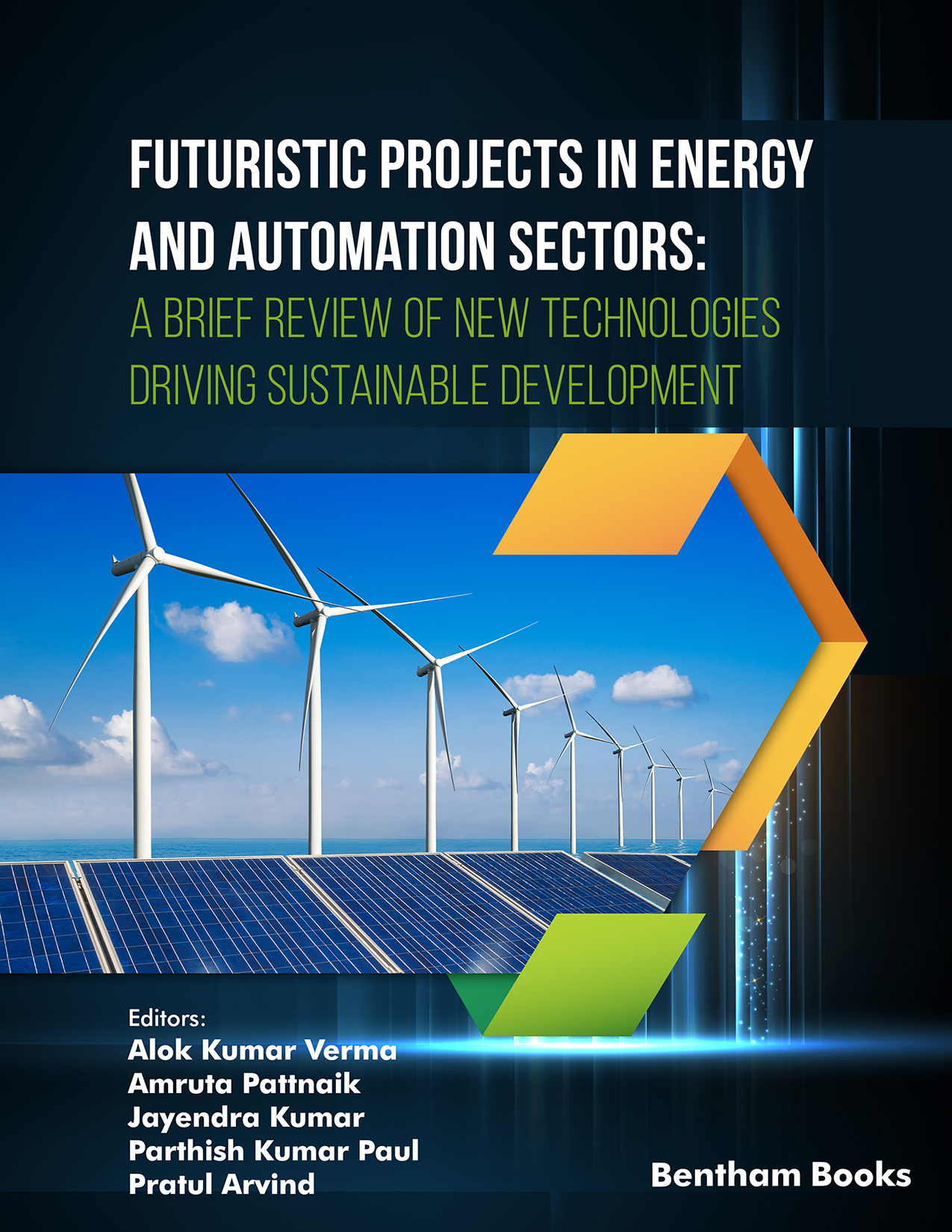Introduction
Futuristic Projects in Energy and Automation Sectors is a review of analyses on energy transitions in power grids and the opportunities and challenges for building sustainable energy systems to improve human capabilities. 14 chapters examine renewable energy-based and automated systems, with a focus on projects that are designed with sustainability in mind. Topics covered in this review include 1) power systems, 2) renewable energy, 3) power electronics, 4) energy storage and conversion, 5) home automation, 6) control systems, 7) robotics, 8) artificial intelligence, and 9) technology to fight COVID-19.
This review will be of interest to scholars, and policymakers interested in futuristic and urban and rural energy planning, sustainable and renewable energy projects, sustainable development, and environment management.
Audience
Scholars, and policymakers interested in futuristic urban and rural energy planning, sustainable and renewable energy projects, sustainable development, and environment management.

